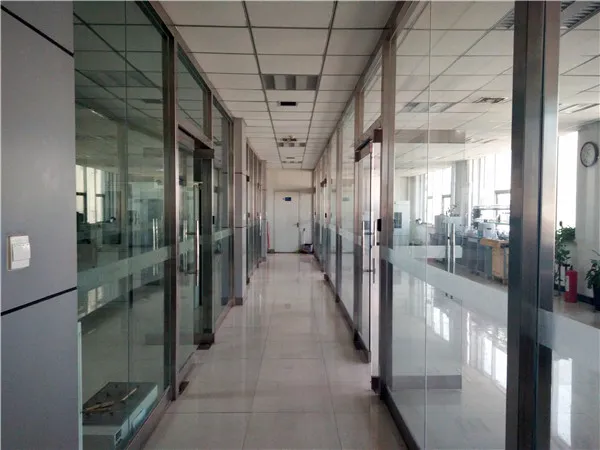The Role of Additives in Bioplastics
Bioplastics, a sustainable alternative to conventional plastics, are gaining prominence due to growing environmental concerns and the urgent need to reduce plastic waste. Bioplastics are made from renewable biomass sources, such as starch, vegetable fats, and proteins. While they offer significant benefits over traditional plastics, the incorporation of additives can enhance their properties, making them more versatile and effective for various applications.
Additives play a crucial role in modifying the physical and chemical properties of bioplastics. They can improve processing characteristics, enhance mechanical performance, and extend the material's lifespan. Common types of additives used in bioplastics include plasticizers, stabilizers, fillers, and colorants, each serving distinct purposes.
The Role of Additives in Bioplastics
On the other hand, stabilizers are added to enhance the thermal and UV stability of bioplastics, preventing degradation over time. Since many bioplastics are sensitive to heat and light, stabilizers help extend their functional life by minimizing changes in color, mechanical properties, and overall performance. This is especially important for products that are exposed to outdoor conditions or high temperatures during manufacturing.
bioplastic additives

Fillers are another category of additives that can significantly impact the properties of bioplastics. Fillers, such as calcium carbonate or talc, are incorporated to reduce material costs and improve mechanical strength. They help in enhancing rigidity, thermal stability, and even biodegradability, depending on the type of filler used. By adjusting the filler content, manufacturers can tailor the properties of bioplastics to meet specific performance requirements for different applications.
Moreover, the use of colorants in bioplastics allows for aesthetic customization. Bioplastics can be made more appealing through the incorporation of dyes and pigments. This is particularly useful in consumer products, where visual appeal is an essential factor in consumer choice. As the bioplastics market evolves, the development of non-toxic and environmentally friendly colorants is also gaining traction, ensuring that the aesthetics do not compromise the sustainability factor.
Recent advancements in bioplastic technology are focusing on the development of bio-based additives that align with the principles of sustainability. Researchers are exploring various renewable resources for additives, aiming to create a fully biodegradable product. This not only enhances the environmental benefits of bioplastics but also promotes a circular economy where waste is minimized.
In summary, the incorporation of additives into bioplastics is essential for improving their performance and expanding their applications. As the demand for sustainable materials continues to rise, understanding the role of these additives becomes increasingly important. By carefully selecting and optimizing additives, manufacturers can produce bioplastics that not only meet industry standards but also contribute to a more sustainable future, reducing the reliance on fossil fuels and minimizing environmental impact. The innovative journey of bioplastics is just beginning, and the role of additives will undoubtedly be pivotal in shaping its future.

